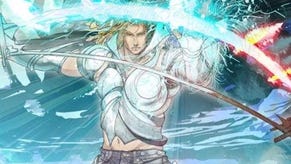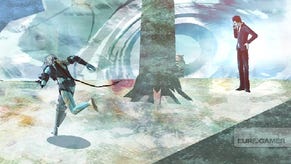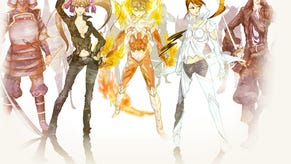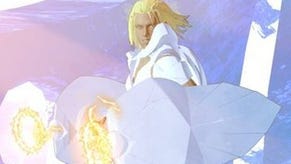El Shaddai
Angel may cry.
"Calm and soothing" isn't exactly the most common design aesthetic among the creators of game booths at the Tokyo Game Show - which is perhaps why UTV Ignition's booth for El Shaddai: Ascension of the Metatron stands out so prominently.
Shrouded in billowing white drapes and softly lit in soothing, understated pastel colours, it's a curious oasis of calm in the middle of a show floor dominated by the bold, the brash and the exceptionally noisy.
Yet if El Shaddai's booth is strikingly different from those of other games, that's no more than an expression of the game's own artistic feel. Ever since the appearance of the very first screenshots of the game, El Shaddai's visual style has intrigued. On seeing it in motion and being given a chance to actually walk through its world for a while, that sense of intrigue is only heightened.
Where the vast majority of games on the HD consoles are focused on realism, using the power of the systems to deliver ever more complex depictions of reality, El Shaddai repurposes that power to create a visual style that's deceptively simple.
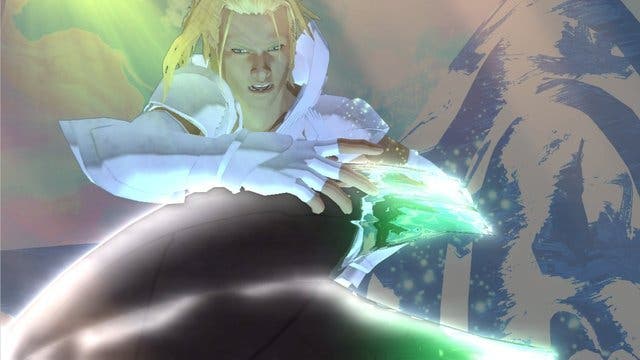
Epic landscapes, rather than being crisp and detailed, are drawn in broad brush strokes, looking like a cross between a watercolour painting and a child's chalk drawing - yet never losing a powerful sense of scale and place.
Through this curious landscape move the game's characters - its hero, Enoch, and his morally ambiguous friend, the pre-fall Lucifel. Set in biblical pre-history (and loosely based on some of the ideas found in the Dead Sea Scrolls, which is rather new territory for videogame narrative), the game sees Enoch tasked with rounding up rogue angels who have descended to Earth and started causing havoc.
Like the landscapes, the heroes and their foes are depicted with deceptive simplicity. The game employs flat-shading, giving an artistic effect which is similar to cel-shading but with its own unique feel, and regularly throws modern items - umbrellas, mobile phones, and even designer jeans (the game has a rather curious sponsorship deal with a Japanese designer denim label) into the mix, creating deliberate contrasts in the art style.

While the game's artistic style is both unusual and exciting, however, its gameplay is innately familiar. It's a third-person action game in the mold of Devil May Cry or Ninja Gaiden, and while the short demo which was playable at TGS obviously can't showcase all of the game's depth, it seems clear that anyone expecting the kind of complex, involved combat seen in games like Ninja Gaiden or Bayonetta should look elsewhere.
Instead, the game and its creators are actively proud of the simplicity of their combat, which is designed to be balletic and graceful without being very difficult to get the hang of.
Only a handful of buttons are used by the game - jump, block and attack, essentially - with your ability to fire off dramatic special attacks being based on timing and rhythm rather than complex combos.



